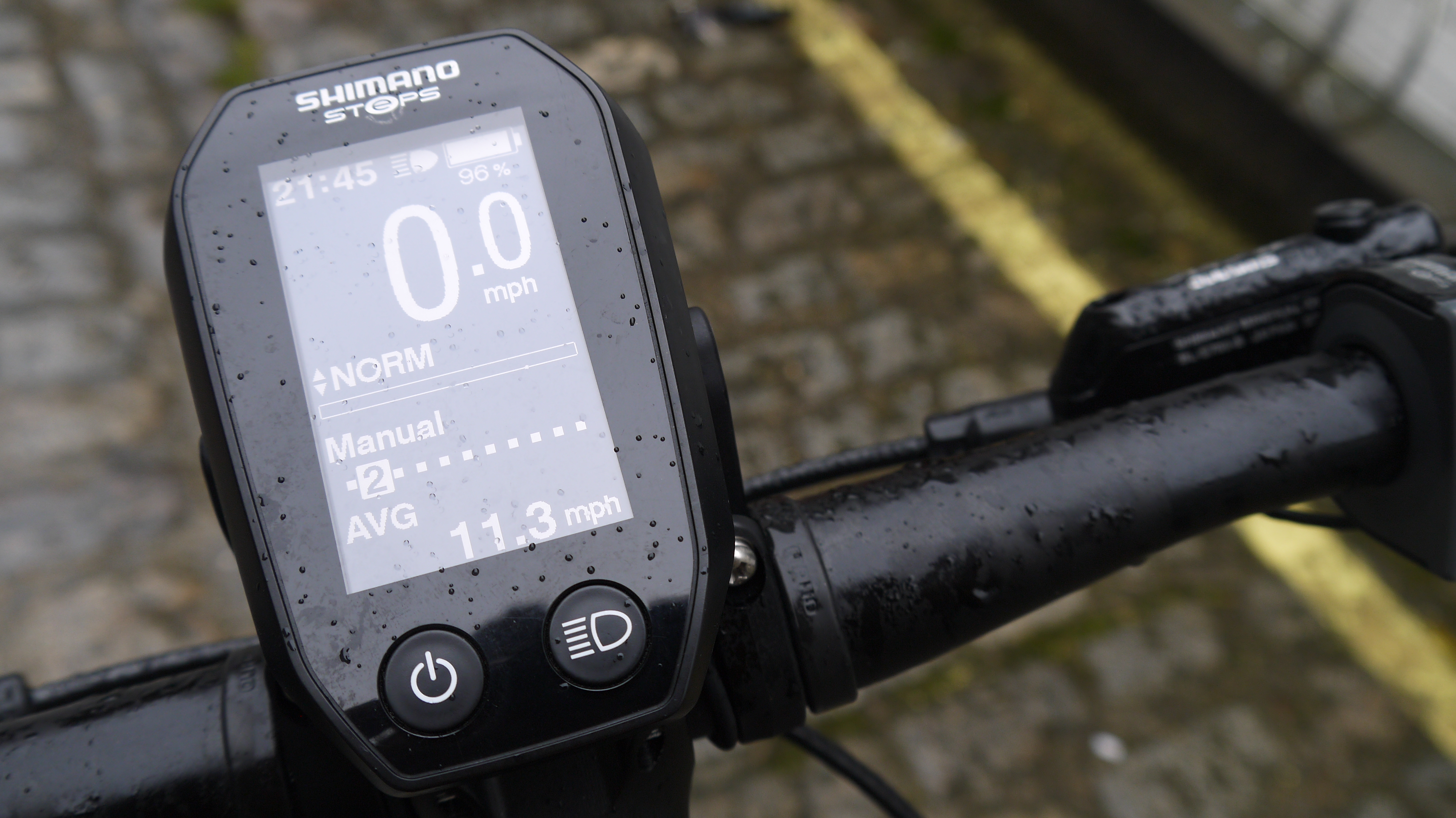Riding an electric bike made me realize I really didn’t understand e-bikes
Easier cycling, but not necessarily faster

When I first picked up the Volt bike I tried to ride it the only way I knew, like a normal bicycle.
This was a mistake.
Turns out, I hadn't grasped the purpose of electric bikes.
I spend most of my life on two wheels. Throughout the course of the working week I like to commute into the TechRadar offices on a scooter and bicycle on alternating days, with one keeping me fit, and the other just being plain fun.
If I’m being honest with myself, I could probably cycle in a little more often then I currently do. The journey is only around half an hour on a bike, and it’s little more than laziness that has me wasting fuel carting my lazy ass to and fro from the office.
But I like keeping the scooter around, not least because it’s helpful on the evenings and weekends when I travel slightly further afield.
So, what if I could get something that does both?
Get daily insight, inspiration and deals in your inbox
Sign up for breaking news, reviews, opinion, top tech deals, and more.
I thought an electric bike, or e-bike as they’ve come to be known, would be just the thing. Volt Bikes were kind enough to hook me up with a Volt Infinity (£2,699 / around $3,491 / AU$4,380) to try out for a couple of weeks, and as it turns out I had completely the wrong idea about what an electric bike could do.

Re-learning how to ride a bike
The most important piece of advice I can give anyone hopping onto the saddle of an electric bike for the first time is not to treat it like any bicycle you have experienced before.
you’ll arrogantly start to convince yourself that you’re responsible for your own speed
The Infinity has a pretty powerful motor in it that’s capable of getting you up to 15mph (a top speed imposed by regulations rather than technology) fairly quickly, but aside from when you first push off you almost barely feel it.
This means that pretty soon you’ll arrogantly start to convince yourself that you’re responsible for your own speed, while it’s almost entirely down to the electric motor.
It’s not necessarily a bad thing, but if you think you’re responsible for your speed, then pretty soon you’ll convince yourself that you can go faster with just a little more pedaling.

You won’t of course, and the result will be that you’ll exhaust yourself trying to take over from an electric motor which is always going to be more powerful than you.
Instead you have to re-learn how to ride a bike. Learn to stop pushing yourself once you reach the bike’s top-speed (around 15mph in ‘Normal’ mode), and just pedal slowly to keep the motor engaged.

You won’t go any faster than you would have done normally, but the difference is that you’ll put in less than half of the effort.
The battery has a range of around 40 miles and is attached to the frame of the bike. To charge it you use a key to unlock it from the frame, and then plug it into a standard wall outlet.
I charged the battery overnight, but you could also carry it into an office if you want the satisfaction of not paying for the electricity yourself.

Commuting and the long-ride
As I mentioned in my introduction, there are two kinds of trip I take on a regular basis. The first is my daily commute, a mostly downhill half-hour roll into the TechRadar offices in Paddington, London.
Second is the round trip to my parents on the other side of London, a significantly longer 22 mile round trip that can be cycled in an hour and a half normally, or driven in an hour.
The longer trip saw the biggest benefit of an electric bike. While I normally have to stay overnight to recover from the hour and a half of riding, the electric motor meant that I put in significantly less effort and could easily do the return trip on the same day. That’s three hours of cycling in total, and I felt about as out of breath as I’d be after a brisk walk.
Ideally the cycle would have been shorter, but ultimately I came to realise the bike is very good at allowing you to travel at the same speed for less effort, rather than letter you go faster for the same effort as a manual bike.
With my daily commute the benefit of the electric bike was a lot less pronounced. Being able to get up to cruising speed almost immediately from traffic lights was certainly helpful, but ultimately over such a short distance I rarely feel too exhausted from a manual bike, and so the electric motor had little to offer.

A tech tour de force
But it’s not just a powerful electric motor that the Volt Infinity is packing in the hi-tech stakes.
This bike also makes use of a fancy electric gear-shifter, allowing you to cycle through your gears with the press of a button rather than the standard manual levers used by most conventional bikes.
While the functionality felt very futuristic, for the most part it felt like it was taking away control of something that I was perfectly happy to handle myself. Especially annoying was the way it would cycle down the gears while we waited at traffic lights.
In theory this was supposed to allow me to push off in a nice low gear, but in practice it took a couple of seconds to automatically switch, leading me to struggle against the bike while its internals worked out what it wanted to do.
Volt does sell electric bikes equipped with more traditional gear shifters, and we’d advise giving these a go if you’ve spent a lot of time cycling in your life.
All of this information is shown off on a handy little display attached to the handle-bars, which also contains other details such as your battery level and current speed.
You can also turn the bike’s lights on and off from this same display, which was a feature we didn’t realize we wanted until we had it for ourselves.

A solution to all my problems?
So could the Volt Infinity become my single method of transportation?
Ultimately, the types of trips I make most often mean that the e-bike doesn’t offer enough to set it aside from a manual bicycle. The problem with my commute isn’t that it tires me out too much, but it’s that it isn’t quick enough.
I need more speed, not less effort.
With that said, the Infinity was a revelation for my longer, more hilly, weekend rides. By the end of it I felt about as tired as after a ride one third of the length, and I’d be much more likely to cycle rather than drive as a result.
If my daily commute was more like this, with a little bit of length and a couple of decent hills, the Volt Infinity would be exactly what I’d need.
Jon Porter is TechRadar’s driverless and electric car obsessive. Every week his column, The Transporter, discusses the biggest developments in the area, and its implications for the future of transport.
Check out the previous entries in the column:
- 'Why non-driverless electric cars will never take off'
- 'In a world of driverless cars the racetrack will be a driver's oasis'
- 'Driverless cars are a big problem for unskilled youth'
- 'From Waymo to Cargopod, why are driverless cars so damn ugly?'
- 'We can't afford to let driverless cars kill off public transport'
- 'Forget Tesla, I just spent three days with a Super Soco electric motorbike'
Jon Porter is the ex-Home Technology Writer for TechRadar. He has also previously written for Practical Photoshop, Trusted Reviews, Inside Higher Ed, Al Bawaba, Gizmodo UK, Genetic Literacy Project, Via Satellite, Real Homes and Plant Services Magazine, and you can now find him writing for The Verge.
